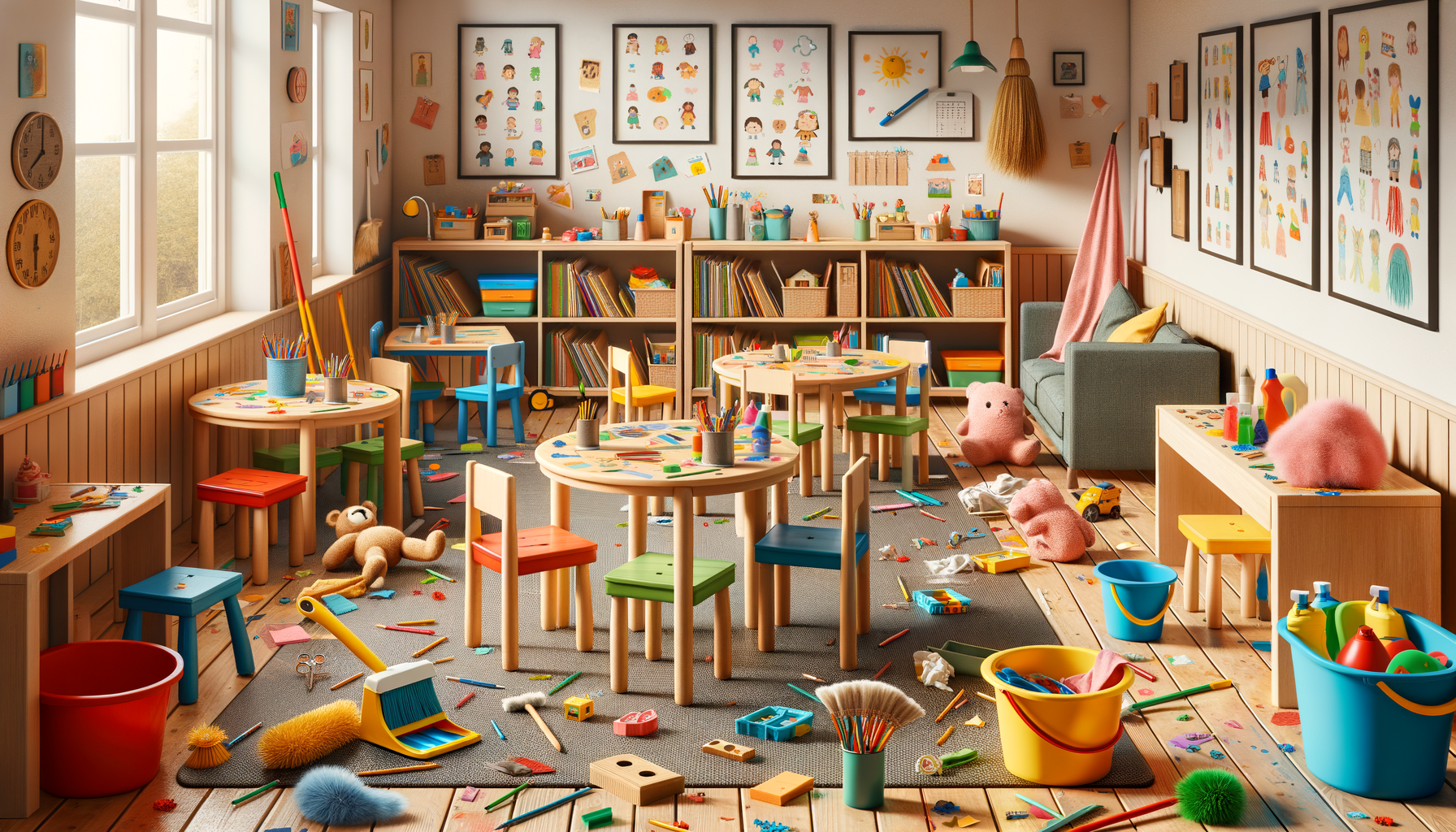The Increasing Demand for Kindergarten Cleaners
In recent years, the demand for kindergarten cleaners has surged significantly. This trend is largely driven by the increasing awareness of hygiene and cleanliness, especially in environments where young children spend a considerable amount of their time. Kindergartens are places where children learn and play, making them susceptible to the spread of germs and illnesses. With the onset of global health challenges, the focus on maintaining a sanitized environment has become paramount.
Studies have shown that young children are more vulnerable to infections due to their developing immune systems. Therefore, maintaining a clean environment is not just about aesthetics but a critical component of health and safety. The role of kindergarten cleaners has evolved from simple janitorial tasks to a more specialized function that requires knowledge of effective cleaning techniques and the use of child-safe cleaning products.
Moreover, regulatory bodies have set stringent guidelines for cleanliness in educational settings, contributing to the increased need for professional cleaning services. This demand is expected to continue growing as kindergartens strive to meet these standards and ensure the well-being of their students.
The Role and Responsibilities of Kindergarten Cleaners
The role of a kindergarten cleaner is multifaceted, encompassing a range of responsibilities that ensure the facility remains a safe and healthy environment for children. These professionals are tasked with cleaning classrooms, restrooms, and common areas, ensuring that all surfaces are sanitized and free from harmful pathogens.
Key responsibilities include:
- Daily cleaning and disinfecting of surfaces such as tables, chairs, and toys.
- Maintaining cleanliness in restrooms, including replenishing supplies like soap and paper towels.
- Safely disposing of waste and ensuring garbage bins are emptied regularly.
- Using child-friendly cleaning products to minimize exposure to harsh chemicals.
- Conducting regular inspections to identify areas that require attention.
Beyond these tasks, kindergarten cleaners often play a crucial role in identifying potential health hazards and reporting them to management. Their work is integral to creating a safe learning environment, which is why many kindergartens are investing in training programs to enhance their skills and knowledge.
The Importance of Hygiene in Early Childhood Education
Hygiene in early childhood education settings is of utmost importance, as it directly impacts the health and development of young children. A clean environment reduces the risk of infections and illnesses, which can significantly affect attendance and learning outcomes.
Research indicates that children who are frequently absent from school due to illness tend to fall behind academically. Therefore, maintaining a hygienic kindergarten is not only about preventing sickness but also about supporting educational success. Cleanliness in these settings involves more than just routine cleaning; it requires a comprehensive approach that includes:
- Regular handwashing protocols for children and staff.
- Proper ventilation to reduce airborne contaminants.
- Scheduled deep cleaning to address hard-to-reach areas.
- Education for children on personal hygiene practices.
By prioritizing hygiene, kindergartens can create an environment where children feel safe and parents are assured of their child’s well-being. This emphasis on cleanliness also fosters a culture of health that children can carry with them throughout their lives.
Challenges Faced by Kindergarten Cleaners
Despite the critical role they play, kindergarten cleaners face several challenges in their daily work. One of the primary challenges is the need to balance thorough cleaning with the use of non-toxic products that are safe for children. This often requires cleaners to be well-versed in the latest cleaning technologies and products that offer effective sanitation without compromising safety.
Another challenge is the time constraints faced by many cleaners. Kindergartens often have limited hours outside of school time for cleaning, which means that cleaners must work efficiently to ensure that all areas are adequately sanitized before children arrive. This can lead to high-pressure situations, especially during flu seasons or outbreaks of contagious illnesses.
Additionally, cleaners must navigate the physical demands of the job, which can include lifting heavy equipment and spending long hours on their feet. These challenges highlight the need for adequate training and support for kindergarten cleaners to ensure they can perform their duties effectively.
Opportunities for Career Growth and Development
The growing emphasis on cleanliness in educational settings has opened up new opportunities for career growth and development in the field of cleaning services. Kindergarten cleaners who demonstrate expertise and a commitment to their work may find opportunities to advance into supervisory roles or specialize in areas such as infection control or environmental health.
Many educational institutions are now offering training programs and certifications for cleaning staff, which can enhance their skills and increase their employability. These programs often cover topics such as:
- Advanced cleaning techniques and technologies.
- Safety protocols and emergency response.
- Effective communication and teamwork.
- Leadership and management skills.
Furthermore, as the demand for professional cleaning services continues to rise, there is potential for entrepreneurial cleaners to start their own businesses, providing specialized cleaning solutions to kindergartens and other educational facilities. This shift not only elevates the status of the cleaning profession but also underscores the critical role these individuals play in maintaining public health.




Leave a Reply